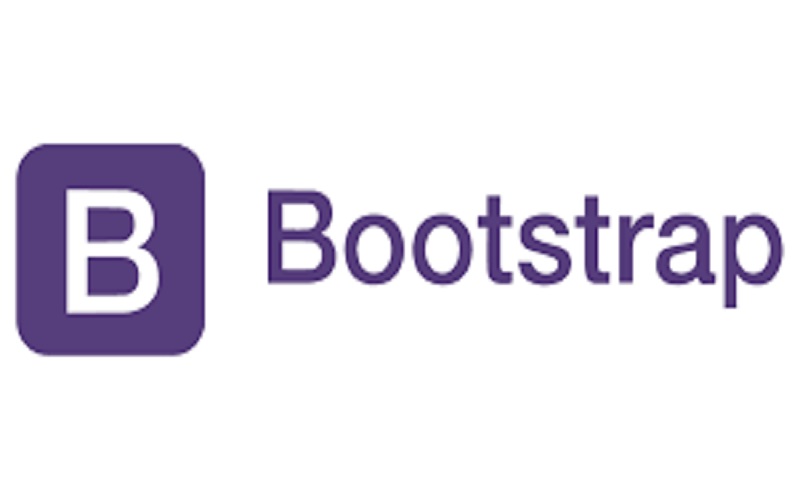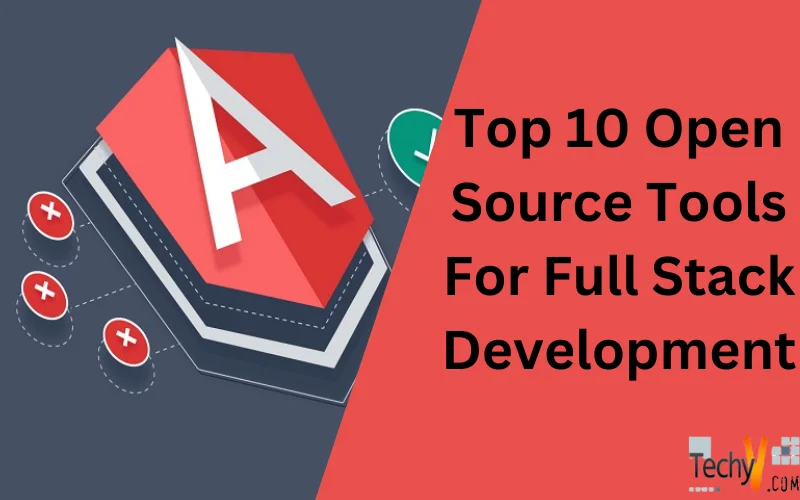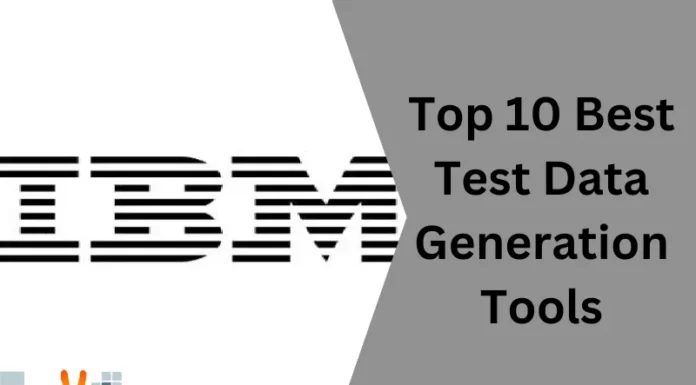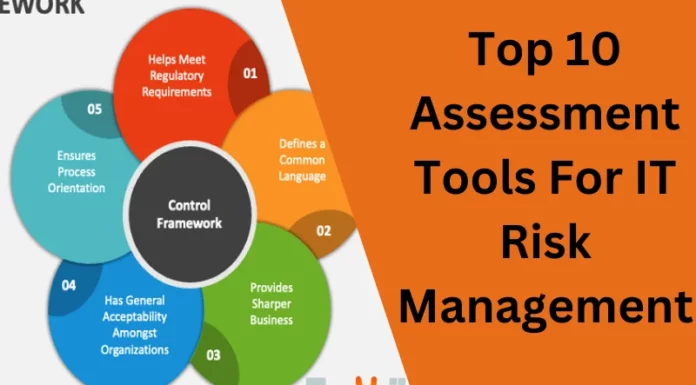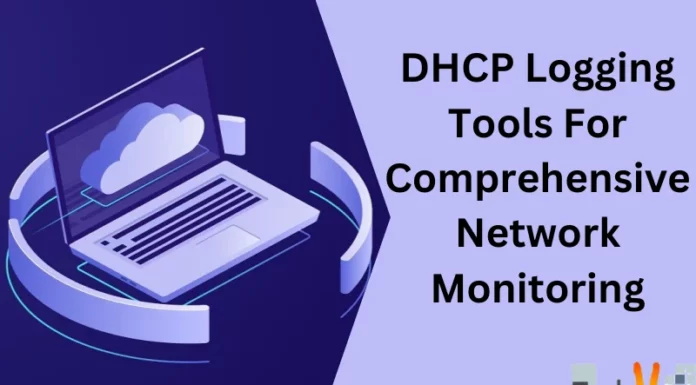Full Stack development is a type of application software development that includes both front-end and back-end with a database. The front end deals with GUI, whereas the back end deals with building and maintaining data to perform actions on the website. There are different domains and technologies in full stack, and various companies have formulated tools based on varied purposes.
Tools make the web development process much easier and time-saving. Constantly, these tools push the boundaries of capability to a wide range of areas. Tools comprise all the technology necessary for the presentation layer, server-side instructions, frameworks, code editors, databases, and package managers.
1. Visual Studio Code
Visual Source Code was developed by Microsoft, which is a compact editor that runs on the desktop and comes with an elite extension of many programming languages and run time. It is a recommended tool for beginners. A person can code and collaborate here, fix errors simultaneously, be customized with the theme and color according to the user’s choice and interact, and evaluate changes in the code. It also highlights the keyword in a code and provides coding solutions for faster understanding. Visual Studio Code would be an excellent choice for specific areas like bracket matching, auto indentation, debugging, and syntax highlighting. A significant feature of this is the integration of Git and GitHub.
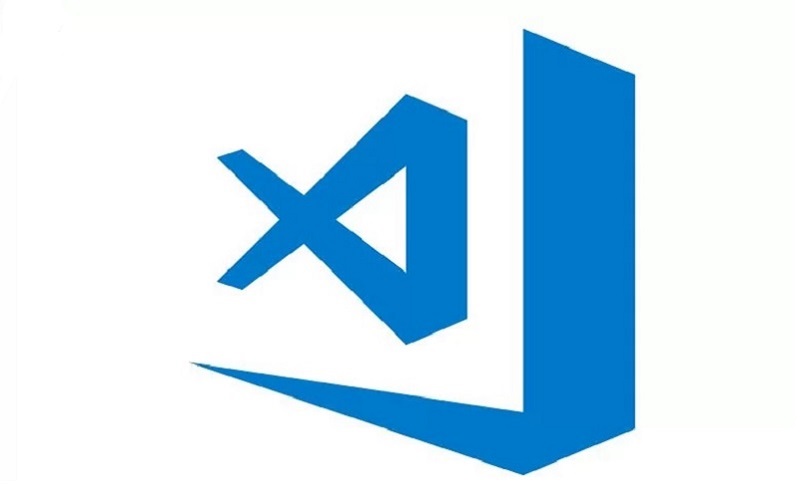
2. Django
It was developed by the programmers Adrian Holovaty and Simon Willison. It is a back-end Web framework that was written in Python. Its main motto is to reduce the stress of creating complex and database-driven websites. It has excellent documentation with a massive community. It is very efficient for building code from scratch. Django helps with any kind of client-side framework and provides content in any format. It is a secure, scalable, versatile, portable tool.
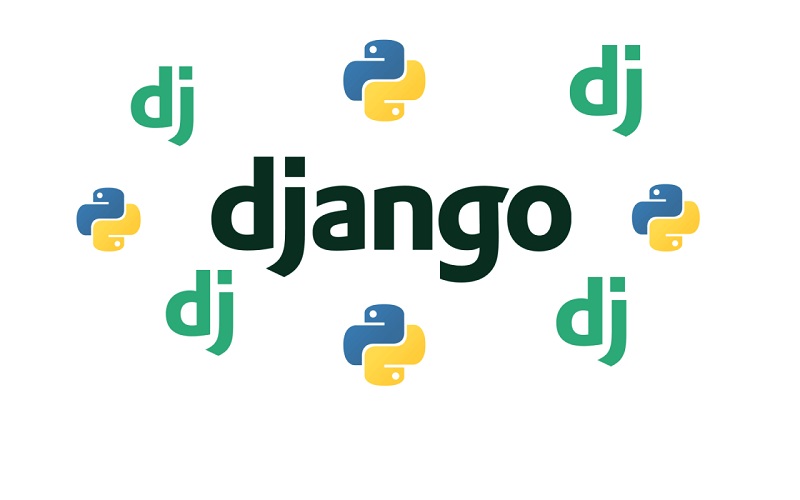
3. AngularJs
AngularJs was developed by Google.It uses HTML as a base and gives value addition to it. It is a versatile front-end development framework that was based on JavaScript. This is easier to develop, test, manage, and reuse. It has an incredible data binding capacity. It doesn’t need dozens of initialization codes to begin. It has a two-way data binding between the model and view. It builds complex internet applications quickly, and it is also used for backside support. Its primary usage is for creating single-page applications. It provides a standard structure for users to work in a compatible manner.
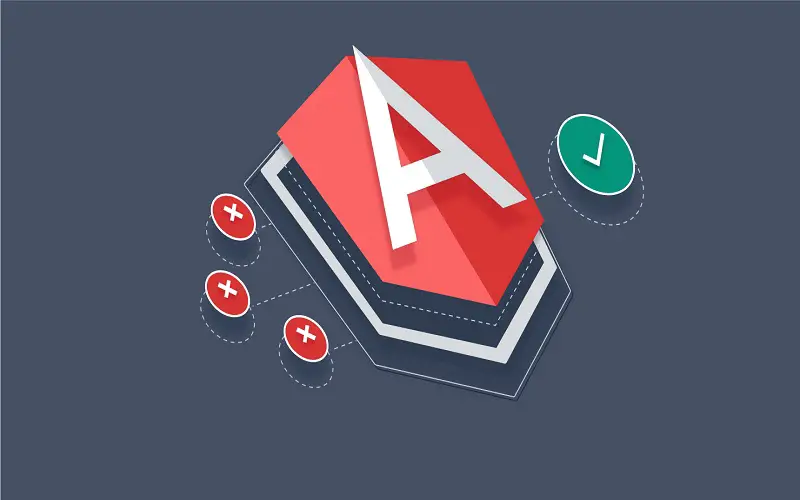
4. GitHub
It is a version control platform that supplies various tools and services to the developer community. Developers can gather their code all in one place, revise it, take care of their projects smoothly, build software, and have access to everything in one place. The community on GitHub provides massive support, which makes collaboration and feedback process to be handled in a hassle-free way. GitHub was recently acquired by Microsoft, which forms a significant reason for its extensions to a tremendous reach to the next level.
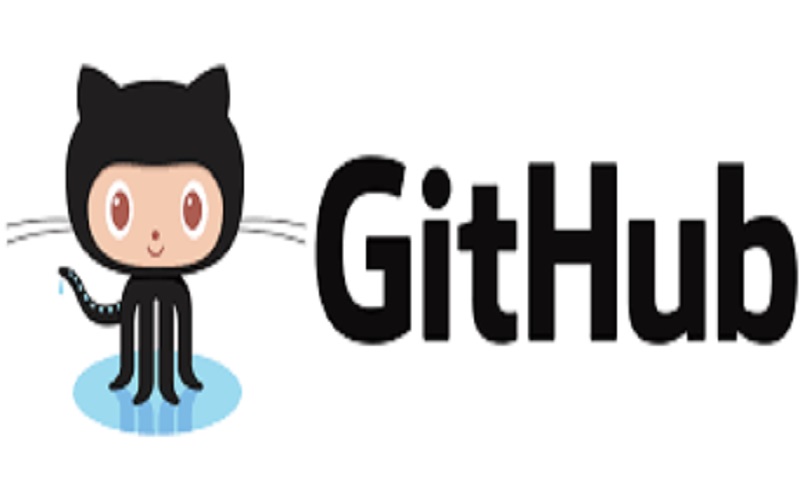
5. Express.js
Express was developed by IBM and StrongLoop. It was basically written in JavaScript. It is also called as the de facto standard server framework for Node.js. Express is a back-end web framework for developing Restful APIs. It reduces the development time by half of its initial time, and enhances lots of rich functions. It is a perfect option for faster development of web pages including single, multiple, and hybrid, and also for mobile applications.
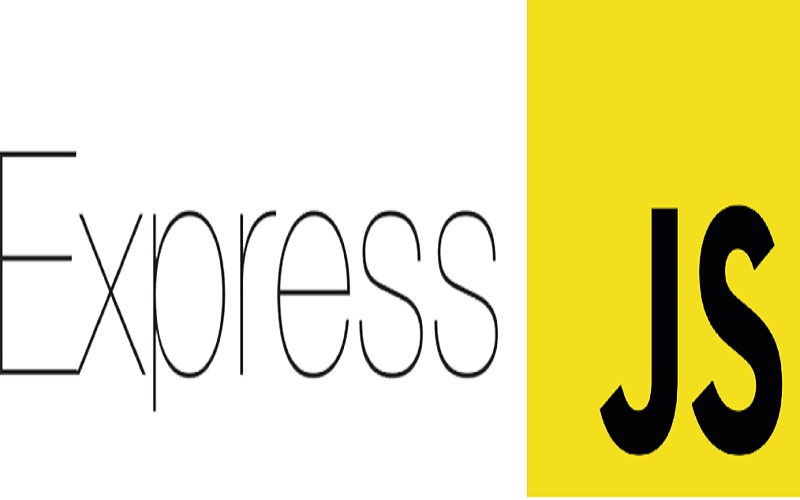
6. Electron
Electron is developed and maintained by GitHub. It was initially begun for the atom text editor. It is a general-purpose framework for building desktop applications with the support of JavaScript, HTML, and CSS. It helps to maintain a single code base and create cross-platform desktop applications. It has a great community with massive active contributors, and it is available under MIT License. Examples may include Skype and Discord apps. It gives a satisfactory user experience compared to many other frameworks.
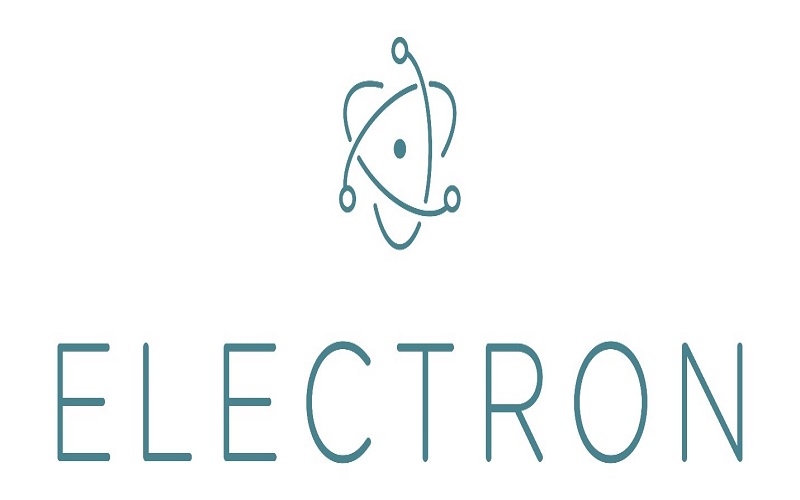
7. Slack
Slack was developed by Slack Technologies and is currently owned by Salesforce. It uses PHP as its server-side application logic. It is used for team and direct communication. It can be used for reviewing the code and for real-time checking of errors. It supports bot integration. It provides API to interact with messaging services. It is a professional and organizational community platform where users can communicate through private and public workspaces. It can be accessed through web browsers and other dedicated client services.
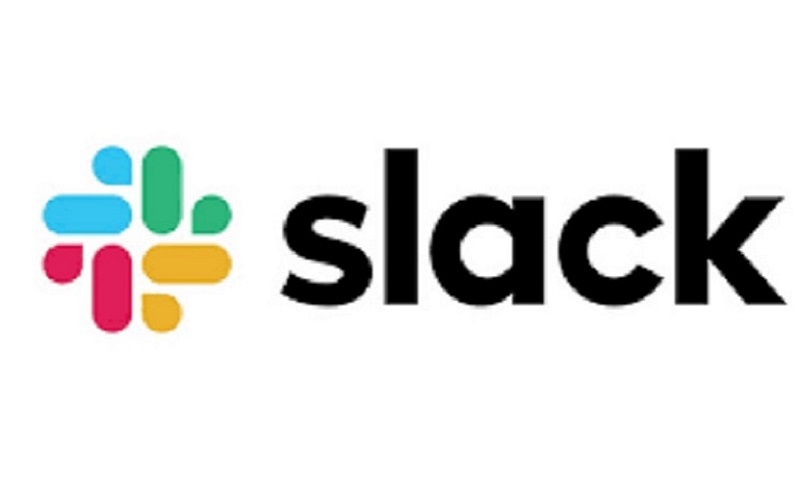
8. Grunt
Grunt was developed by Ben Alman .It is available under the MIT License as an open source. It is a command line interface that can be utilized to run custom tasks that are defined in a file, and it helps to speed up the development process, and it has simplified code base compilations. Grunt is a task runner that is based on JavaScript, and it plays a significant role in automation and compilation, and aids in monitoring development workflow. It has a strong community of developers to contribute to its ecosystem and extensions. It can minify the files in JavaScript and validate them. It allows users to use their own custom themes, which makes it fascinating.
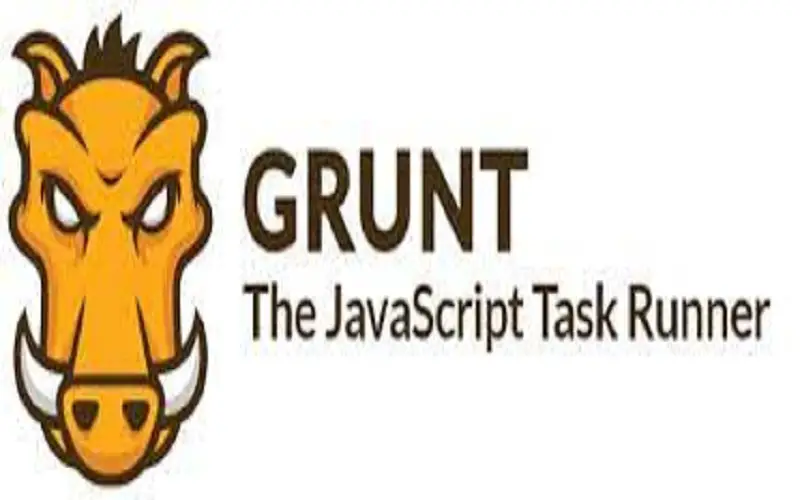
9. TypeScript
TypeScript was developed by Microsoft. It is a front-end web development tool with more reliable, scalable, versatile features for smoother development of web applications. TypeScript provides a safe and maintainable environment for working in a browser. The main functionality of Typescript is for using it for static typing and it improves developers experience and a browser can’t interpret it natively. A compiler is required to achieve this process. It has gained popularity due to its strong typing support and tooling system, and it is used for building large-scale of JavaScript applications.
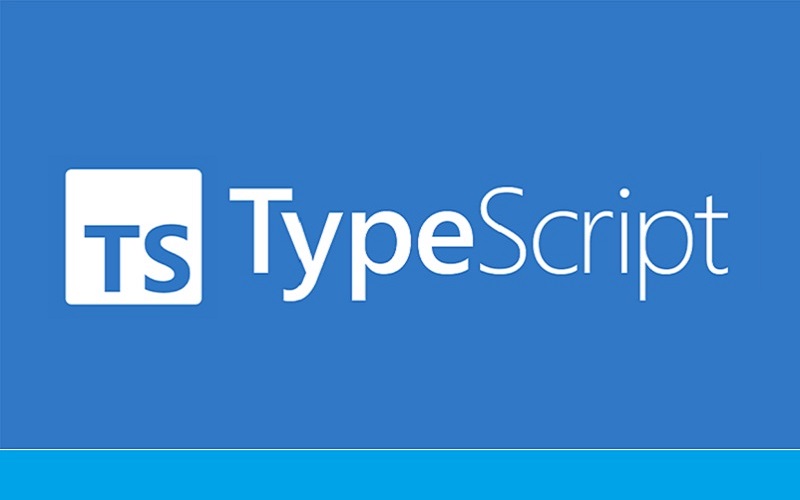
10. BootStrap
Bootstrap was developed by Twitter. It is a front-end web framework that provides components of HTML, CSS, and JavaScript. It is a tool that offers responsive websites and web pages and a collection of syntax for template designs. It gives a professional-looking interface that has a pre-built grid system and components. It is highly customizable, offers top-notch support, and is extremely user-centric. It cuts down lots of code required for web development.
